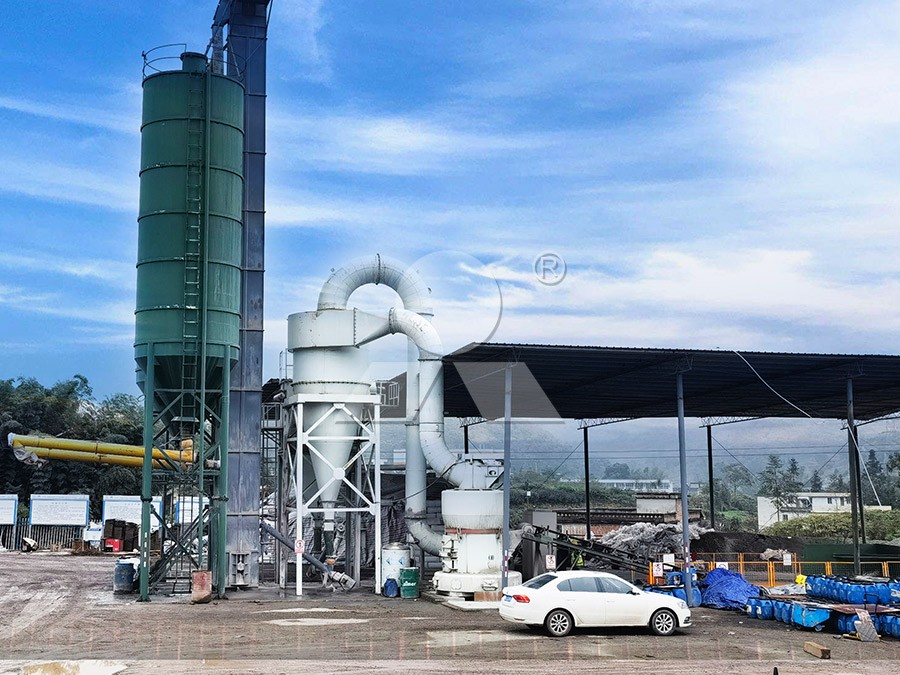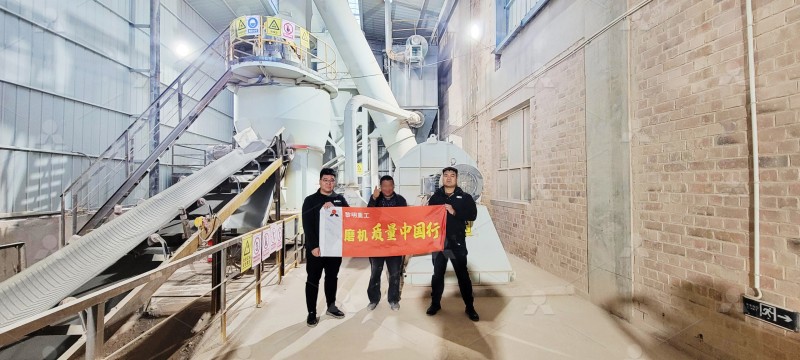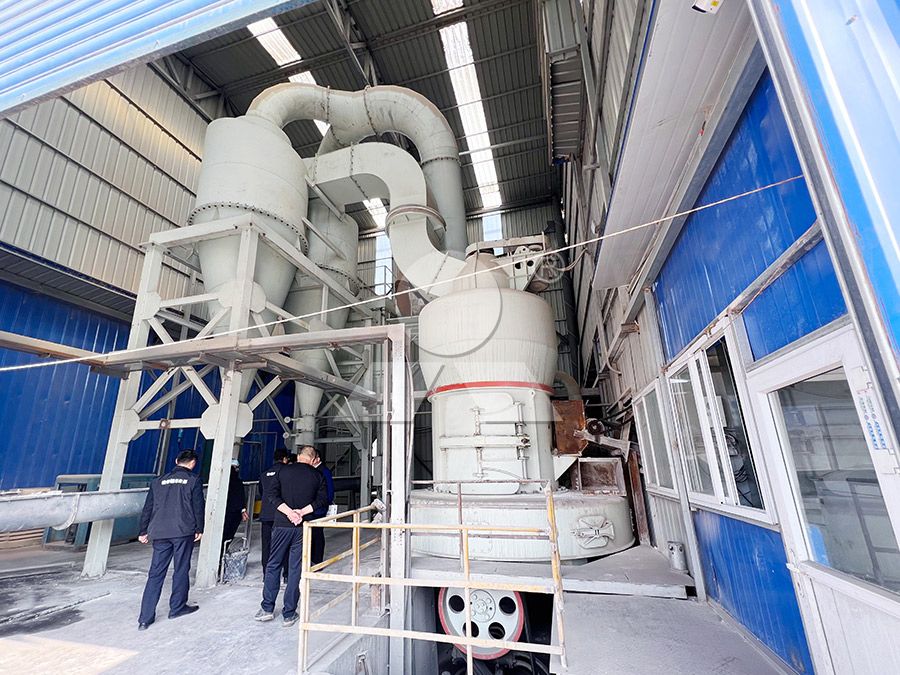Essential Cement Mill Protective Equipment Guide: PDF Download & Safety Standards
Essential Cement Mill Protective Equipment Guide: PDF Download & Safety Standards
Operating cement mills requires stringent safety protocols and proper protective equipment to mitigate risks associated with heavy machinery, dust exposure, and high-noise environments. This comprehensive guide outlines essential protective measures and highlights advanced milling solutions that integrate safety features directly into their design.
Understanding Cement Mill Hazards
Cement manufacturing involves numerous potential hazards including airborne dust particles, heavy rotating equipment, high noise levels, and mechanical vibrations. Proper protective equipment forms the first line of defense against these workplace dangers. Essential personal protective equipment (PPE) includes respiratory protection, hearing conservation devices, impact-resistant eyewear, hard hats, and steel-toed footwear.

Integrated Safety Through Advanced Mill Design
Modern grinding mills incorporate safety features that significantly reduce operational risks. The MW Ultrafine Grinding Mill exemplifies this approach with its innovative design that eliminates rolling bearings and screws within the grinding chamber. This engineering advancement prevents common failure points that could lead to catastrophic equipment damage or safety incidents.
With an input size capacity of 0-20 mm and throughput of 0.5-25 tph, the MW Ultrafine Grinding Mill achieves remarkable safety through its external lubrication system, allowing maintenance without shutdown. The integrated pulse dust collector and muffler system actively controls dust and noise pollution, creating a safer working environment that complies with national environmental protection standards.
Noise and Dust Control Standards
OSHA standards mandate hearing protection when noise exposure exceeds 85 decibels over an 8-hour time-weighted average. Cement mills typically generate noise levels between 80-110 dB, necessitating comprehensive hearing conservation programs. Similarly, respirable crystalline silica exposure must be maintained below permissible exposure limits through engineering controls and respiratory protection.

The MW Ultrafine Grinding Mill’s efficient pulse dust collector represents the gold standard in dust control technology, ensuring no dust pollution occurs during operation. This system, combined with properly fitted N95 respirators or powered air-purifying respirators (PAPRs), provides comprehensive protection against silica dust exposure.
Maintenance Safety Protocols
Lockout-tagout (LOTO) procedures are critical during mill maintenance. Equipment like the MW Ultrafine Grinding Mill facilitates safer maintenance through its external lubrication system and accessible design. Regular inspection of grinding components, proper machine guarding, and comprehensive training programs form the foundation of effective mill safety management.
Emergency Response Planning
Every cement mill operation requires well-documented emergency procedures for equipment malfunctions, fire hazards, and medical emergencies. Emergency stop systems, clearly marked evacuation routes, and readily available first aid stations are mandatory components of a comprehensive safety program.

Frequently Asked Questions
What is the most critical protective equipment for cement mill operators?
Respiratory protection, hearing conservation devices, and impact-resistant eye protection form the essential PPE triad. However, modern mills like the MW Ultrafine Grinding Mill significantly reduce these hazards through integrated engineering controls.
How often should cement mill safety equipment be inspected?
Daily visual inspections should precede each shift, with comprehensive monthly evaluations and annual certified inspections. Automated systems in advanced mills provide continuous monitoring of critical safety parameters.
What engineering controls are most effective for dust suppression?
Integrated pulse dust collection systems, like those featured in the MW Ultrafine Grinding Mill, provide the most effective dust control. These systems capture dust at the source, maintaining airborne particulate levels well below regulatory thresholds.
Are there specific safety standards for ultrafine grinding operations?
While general mill safety standards apply, ultrafine grinding requires particular attention to dust explosion prevention and enhanced respiratory protection due to the finer particle size distribution.
How does modern mill design improve operator safety?
Contemporary designs eliminate internal failure points, incorporate remote monitoring capabilities, and integrate environmental controls that significantly reduce exposure to traditional mill hazards.
